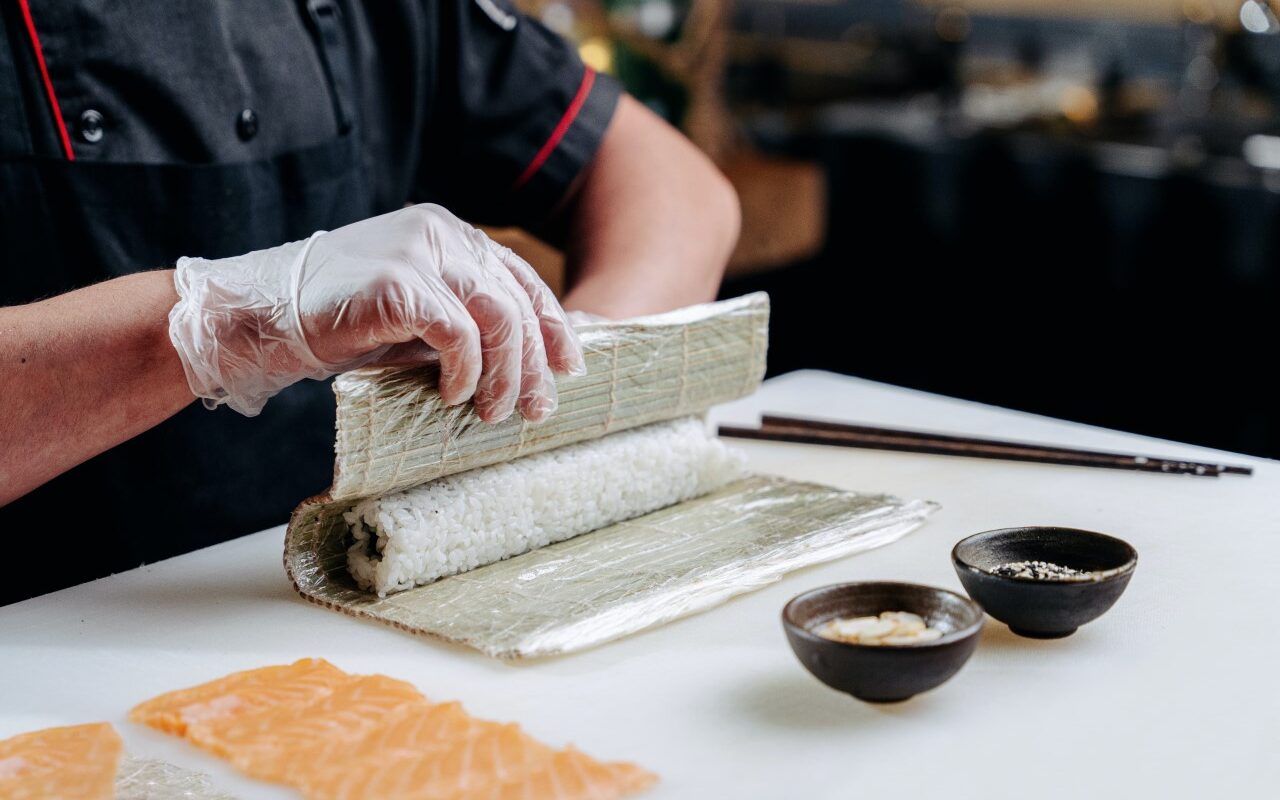The art of sushi is as much about skill as it is about the tools used to create it. Among these tools, the sushi knife holds a place of paramount importance. Understanding what makes a good sushi knife can significantly elevate your sushi-making experience. The right knife not only enhances the aesthetic appeal of sushi but also ensures precision, safety, and efficiency in sushi preparation.
For those passionate about sushi, selecting the proper sushi knife can feel akin to choosing a dance partner. It requires an understanding of various elements such as blade material, handle design, and maintenance. By integrating a quality knife into your sushi crafting process, you enhance the quality of each slice, delivering the perfect cut that sushi demands.

Understanding the Essential Features of a Sushi Knife
When identifying what makes a good sushi knife, several key features must be considered. These elements collectively contribute to the knife’s functionality and effectiveness in sushi preparation.
1. High-Quality Knife Steel
The core of any excellent sushi knife is the material of its blade. Japanese steel is renowned for its strength and sharpness, making it a top choice for sushi knives. The steel needs to retain its edge well while also being easy to sharpen a balance that ensures both durability and performance.
2. Single-Bevel Edge
Different from western-style knives, many traditional sushi knives are designed with a single-bevel edge. This design allows for more precise cuts, ideal for the delicate slicing required in sushi preparation. Mastering the single-bevel knife does require practice, but the precision it offers is unmatched.
3. Comfortable Handle
The handle of a sushi knife should allow for a comfortable grip to facilitate nimble, precise cutting motions. Wooden handles, often made from materials like Magnolia or Rosewood, offer a good grip while being lightweight perfect for maintaining control.
Exploring Different Types of Sushi Knives
To truly appreciate what makes a good sushi knife, it’s essential to explore the different varieties available in the market. Each type of knife serves a unique purpose, contributing to the versatile art of sushi-making.
1. Yanagiba Knife
The Yanagiba is the quintessential sushi knife, designed for slicing raw fish with exquisite precision. Its long blade allows for smooth, single-pull cuts that maintain the integrity of the fish’s delicate texture.
2. Usuba Knife
This knife is specifically crafted for cutting vegetables. With its thin blade, the Usuba allows for precise slicing and dicing, making it essential for preparing sushi garnishes and fillings.
3. Deba Knife
The Deba knife is versatile, suitable for butchering fish as well as removing the bones with ease. Its robust yet maintains the delicate touch necessary for preparing sushi ingredients efficiently.
Tips for Maintaining Your Sushi Knife
To ensure that your sushi knife remains in top condition, proper maintenance is necessary. Regular sharpening, appropriate handling, and mindful storage can extend the life of the knife.
Sharpening is particularly crucial for sustaining the blade’s edge. Using a whetstone, you can maintain the sharpness and precision that sushi preparation demands. Regular honing further assists in keeping the blade aligned between sharpening sessions.
For storage, consider protective sheaths which preserve the knife’s edge and ensure safety. Consistent care and proper maintenance are part and parcel of owning a high-quality sushi knife.
Where to Learn More About Sushi Preparation
Understanding what makes a good sushi knife is a step toward embracing the culinary artistry of sushi. For those interested in diving deeper into sushi preparation, exploring traditional practices through reliable sources and guides is beneficial. Engaging with materials like the best ways to cool sushi rice and using proper tools like the Hangiri can assist in preparing high quality sushi.
Additional Resources for Sushi Enthusiasts
In the pursuit of crafting exquisite sushi, many enthusiasts find value in exploring connected topics such as making Onigiri using molds, or considering different ways to prepare using bamboo mats. Such resources can expand your understanding and skills within the realm of sushi cooking.
External Insights on Sushi Etiquette
For a comprehensive sushi dining experience, even etiquette plays a role. Appreciating traditional dining practices through insights like those found at Japanese etiquette tips or avoiding common dining mistakes via do’s and don’ts of sushi dining can enrich your experience both as a cook and a diner.
Conclusion: The Journey of Crafting Quality Sushi
In summary, understanding what makes a good sushi knife is integral to any sushi lover’s journey. With the right knife, you not only create beautiful dishes but also enhance your culinary skills. Through mindful choice and diligent maintenance of the knife, each slice promises perfection, honoring the tradition of sushi-making.

FAQs About Sushi Knives
What is the best material for a sushi knife blade?
The best material is typically high-carbon stainless steel or Japanese steel, known for sharpness and durability.
Are single-bevel knives necessary for sushi?
Single-bevel knives are not mandatory, but they offer precision crucial for authentic sushi slicing.
How often should I sharpen my sushi knife?
Sharpening frequency depends on usage, but generally every few months of regular use to maintain the sharpness.
This article contains affiliate links. We may earn a commission at no extra cost to you.

